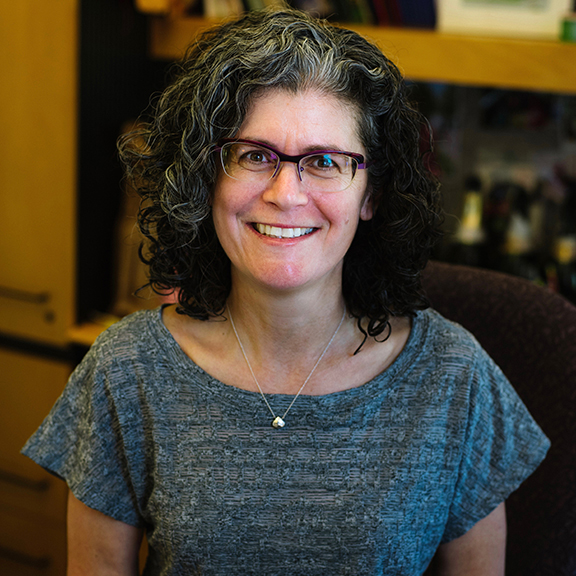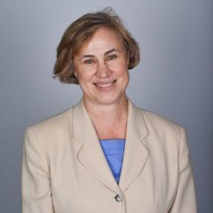Vincent, Elio and Michael discuss the stability of human coronaviruses on surfaces and in aerosols, and peptidoglycan production by a mosaic consisting of a bacterium within a bacterium within an insect.
The tetracoccal TWiM team visits Tardigrades on the Moon, and the twelve year quest to isolate an archaeon that provides insights into the emergence of the first eukaryotic cell.
The Microbials reveal how a chemosynthetic symbiont stores energy for its marine flatworm host, and extraction of nutrients from host cells by E. coli injectisome components.
The TWiM team reveals the oldest human plague from 4,900 years ago in Sweden, and engineering E. coli to become an endosymbiont in yeast, modeling the evolution of mitochondria.
Dickson joins the TWiM team to discuss the nasal microbiota of dairy farmers, and attenuation of bacterial virulence by quorum sensing in the maize weevil.
Vincent, Elio, and Michele present cell division by longitudinal scission in an insect symbiont, and thermally activated charge transport in microbial nanowires.
Vincent, Elio, Michael, and Michele consider whether our eating behavior is manipulated by gastrointestinal microbiota, and an aphid gene of bacterial origin whose gene product encodes a protein that is transported to an obligate endosymbiont.
Vincent, Michael, Elio and Michele discuss how an endosymbiont betrays its aphid host to alert plant defenses, and a new immunosuppressive cell that allows infection of neonates.




